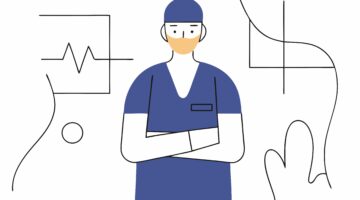CLEVELAND, Ohio — AÂ firm that made its name designing elegant and innovative consumer products hopes five years from now to spend almost half its time working on products for the health-care market.
Cleveland’s Nottingham-Spirk Design Associates transformed Dutch Boy paint cans and invented the first Swiffer vaccum. It has more than 500 commercial patents on products that have generated $30 billion in revenue.
But it has gradually made room for health-care products, developing a pager for the Cleveland Clinic and a worked with medical device-maker Medtronic to improve the process of surgical tube assemblies for cardiovascular procedures.
In the firm’s prototype studio, product engineers experiment with a kiosk that customizes M&M candies with your face. Nearby, they’re constructing a new photo-therapy booth.
“About 20 percent of what we do is health care,” said co-President John Nottingham, who wants to at least double that number. “If we could get to 50 percent that would be great.”
The design shift comes from a realization that Greater Cleveland has become a medical economy.
“We see the handwriting on the wall for Cleveland,” said Nottingham, who recently advised Merchandise Mart Properties Inc. on the potential for its pending medical mart convention center in downtown Cleveland. Nottingham-Spirk also is planning to reach out to the region’s start-up medical companies.
“I think we are going to become the medical valley if Silicon Valley is Silicon Valley,” he said.
The health-care space is different from most consumer products markets. Brian Hewko, principal at Synventus, a Cleveland company that designs and manufactures medical products, said regulatory issues play a bigger role in designing health-care products. Plus, medical products have multiple “end-users.”
“You have the hospital, physician and the patient to consider,” Hewko said. “You need to understand the business between the hospital and the physician, and the hospital and the patients, and the dynamic between the physician and the patient.
“With the consumer goods, you usually have [one] end-user,” he said.
Nottingham said it’s an ideal time for a consumer-oriented firm that is familiar with the intense competition and cost-consciousness in that space to cater to health-care companies. The medical industry’s “they’ll-pay-anything” attitude has been transformed by increased competition and government scrutiny, he said.
Cost-effective, consumer-friendly products are Nottingham-Spirk’s strength. “We’re ahead of it,” Nottingham said. “We want to communicate the gospel of innovation to medical companies.”










